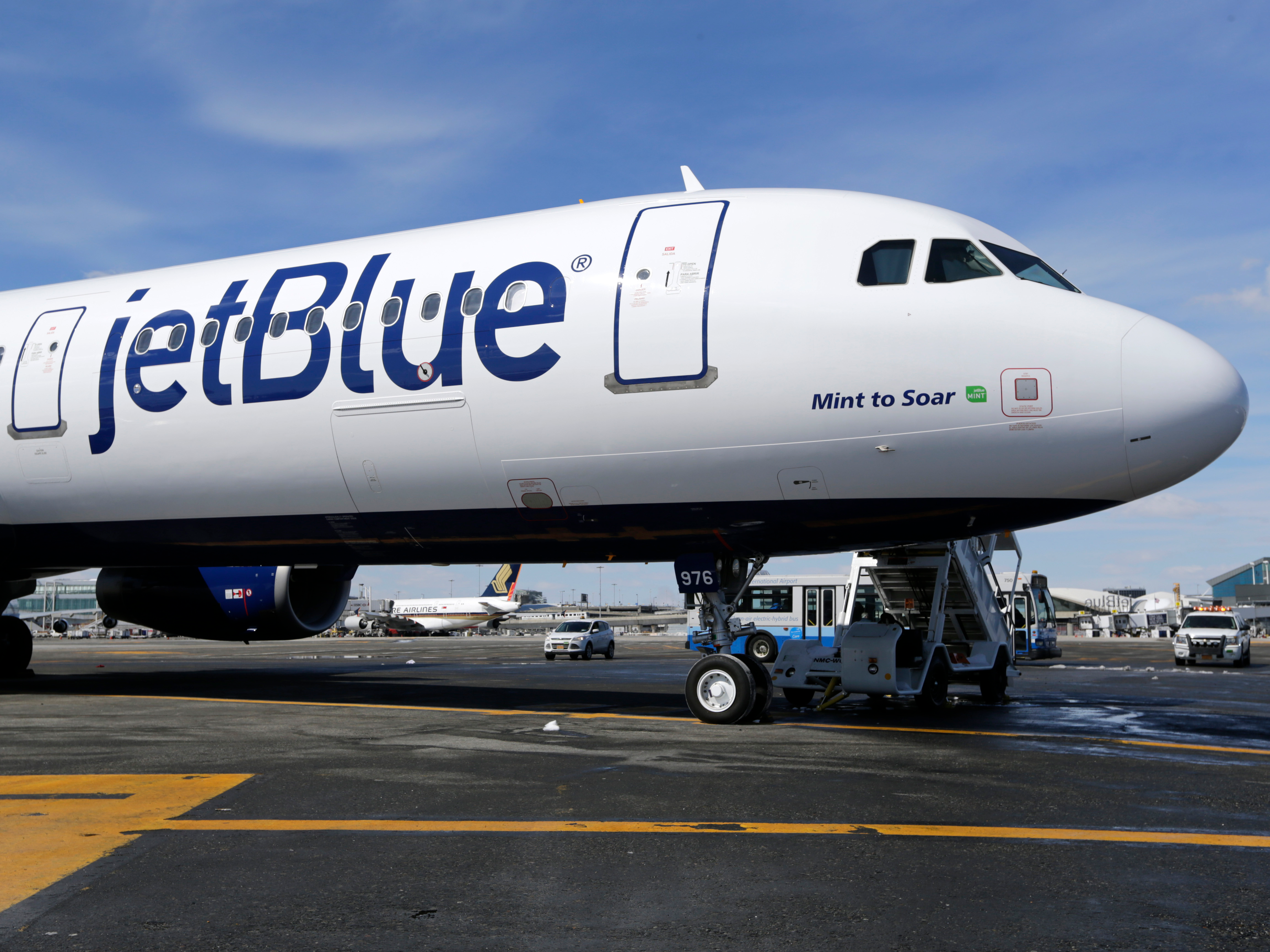- JetBlue Airways is celebrating 20 years of operations, having had its first flight on February 11, 2000.
- Under the leadership of airline entrepreneur David Neeleman, JetBlue started with two planes in 2000 and quickly grew into one of the country’s top airlines.
- JetBlue thrived at a time when other airlines were failing and consolidating to stay afloat.
- The New York-based airline can now be found flying across North America and South America, with plans to expand into Europe in 2021.
- Visit Business Insider’s homepage for more stories.
Twenty years ago, a small start-up airline changed the aviation industry in the US forever.
With just two planes in its stable and a plan to offer a simpler approach to air travel, New York-based JetBlue Airways operated its first flights on February 11, 2000.
The first day of flying saw the new carrier fly roundtrip from New York’s John F. Kennedy International Airport to Buffalo Niagara International Airport and back, then onward to Fort Lauderdale Hollywood International Airport. Though they are now common routes in JetBlue’s network, they were the start of a revolution in the airline industry.
At a time when most US airlines were beginning to scale back on their services, JetBlue would offer more. As a result, all of JetBlue’s aircraft at the time of its launch – a fleet of Airbus A320s – would offer enhanced amenities such as seatback in-flight entertainment screens and leather seats.
Its success was against all odds as the time period was better known for airlines declaring bankruptcy and disappearing from the skies. Despite the industry seemingly collapsing around it, JetBlue was able to successfully navigate the cloudy skies of the early 2000s and emerge as a major player in US aviation.
Now flying with a fleet of over 250 aircraft, the airline can be seen at major airports across the country and going toe-to-toe with the nation's top carriers.
Here's a look back at the 20-year history of JetBlue Airways.
JetBlue Airways was founded by David Neeleman, a Brazilian-American aviation entrepreneur, in 1998.
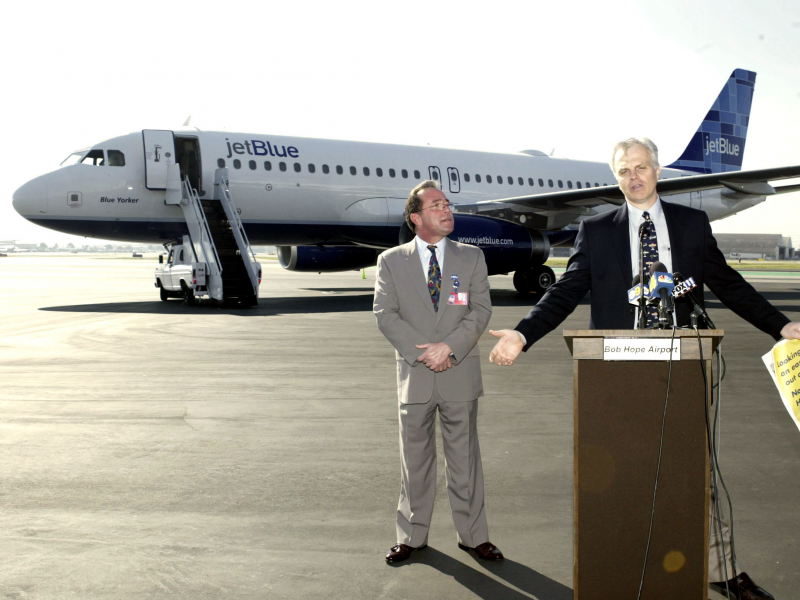
Source: JetBlue Airways
The airline wouldn't be Neeleman's first rodeo as he'd co-founded two other airlines prior: Morris Air and WestJet.
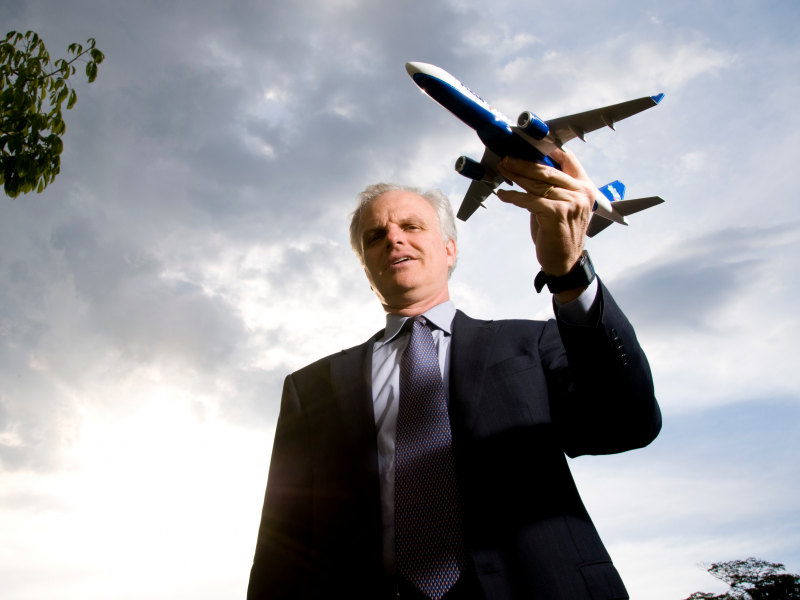
Source: Business Insider
Fresh off the heels of those successful startups and a stint at Southwest Airlines, Neeleman set his sights on a new venture, JetBlue Airways. The airline would be based in New York, where it still has its headquarters today in Long Island City, Queens.
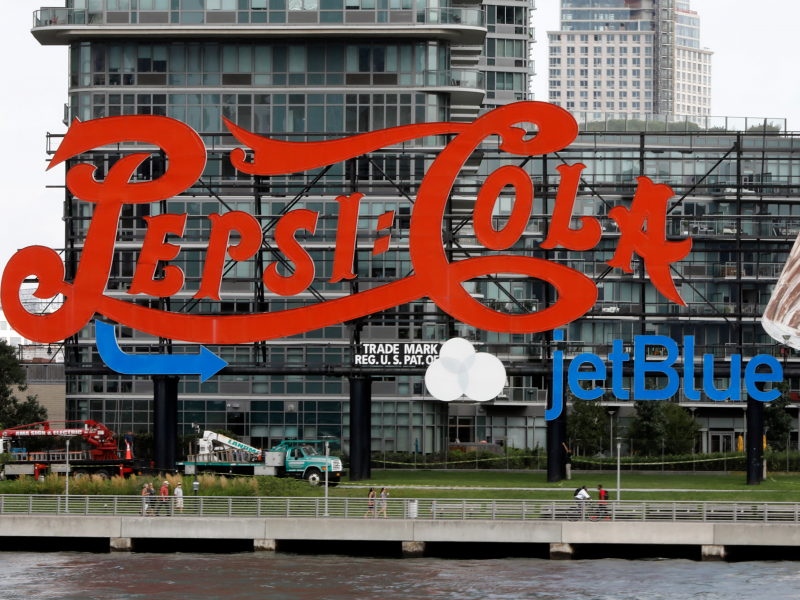
And its main base at John F. Kennedy International Airport.
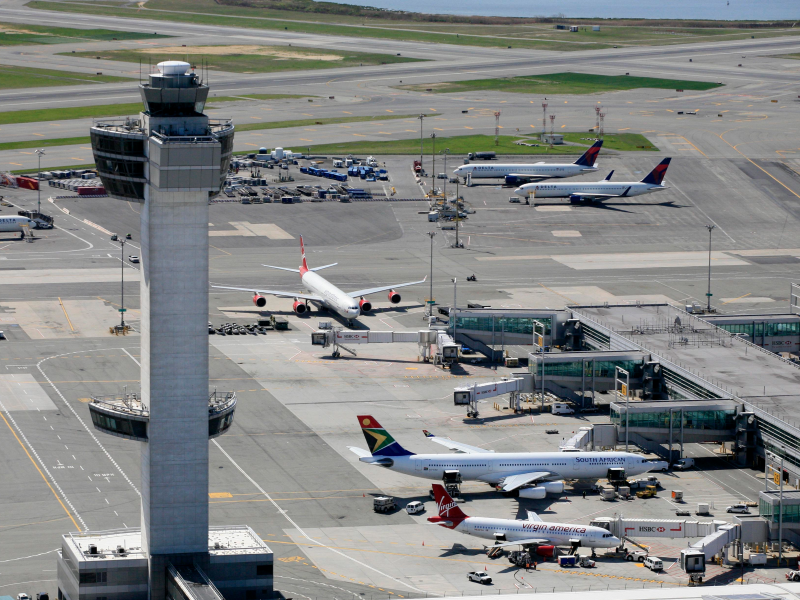
Thanks to the assistance of New York politicians, most notably Senator Chuck Schumer, JetBlue was able to secure 75 slots at New York's largest airport to start operations at the now-demolished Terminal 6.
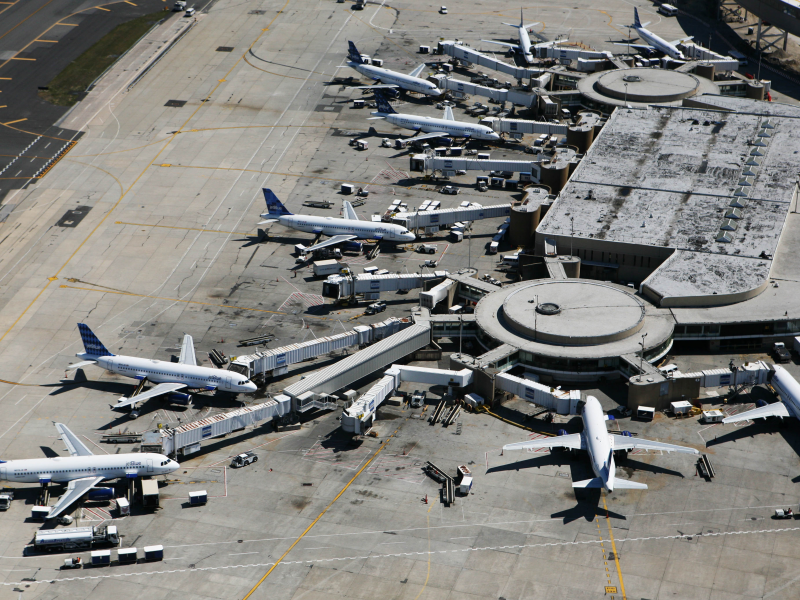
Source: New York Times
As with many of Neeleman's start-ups, the concept for JetBlue centered around giving passengers a good value for their money, which was brought to life with enhanced onboard amenities such as in-flight entertainment,...
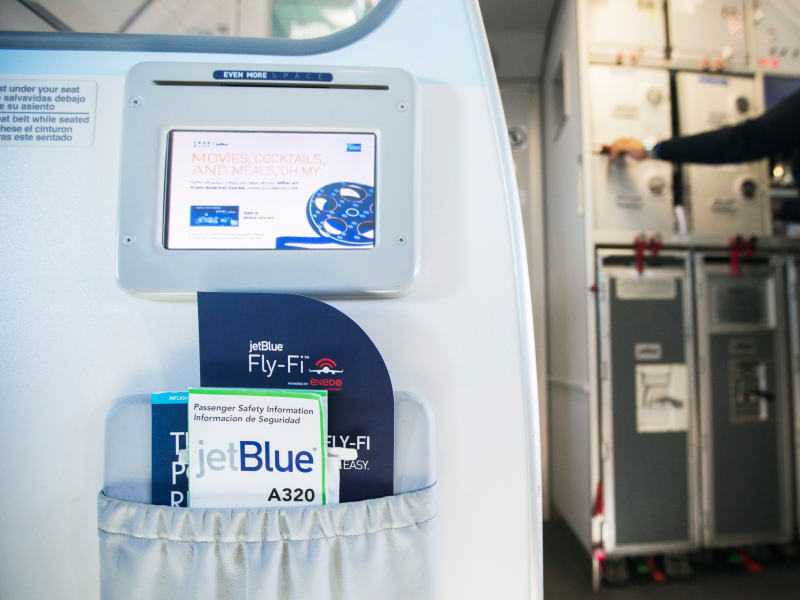
Leather seats…
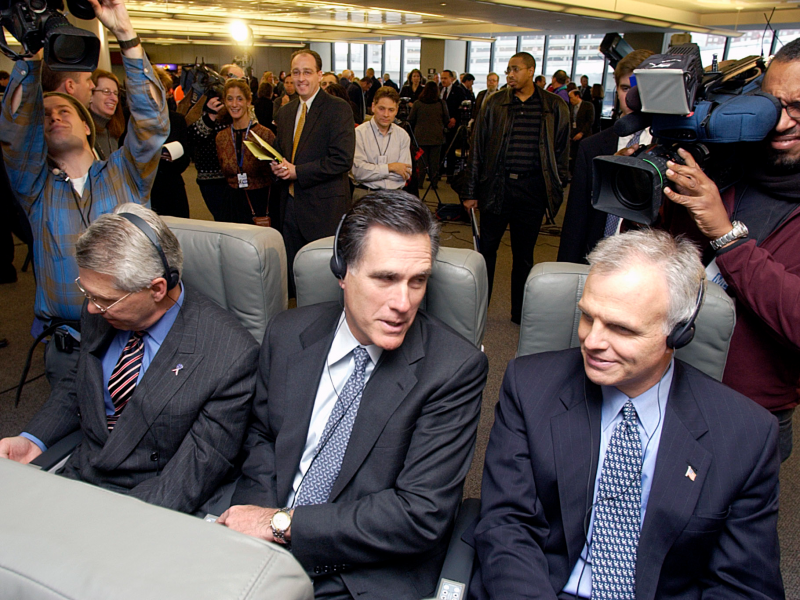
Complimentary snacks and drinks...
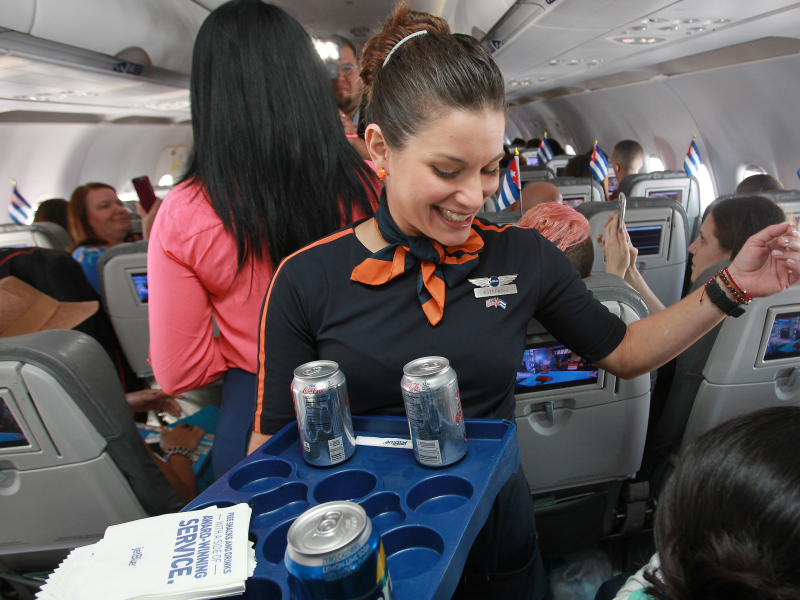
Above-average legroom…
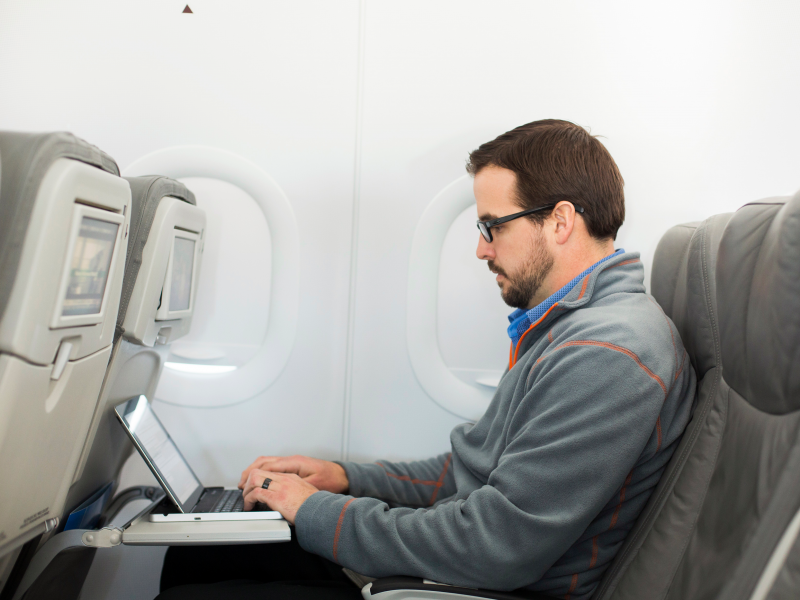
And free checked bags.
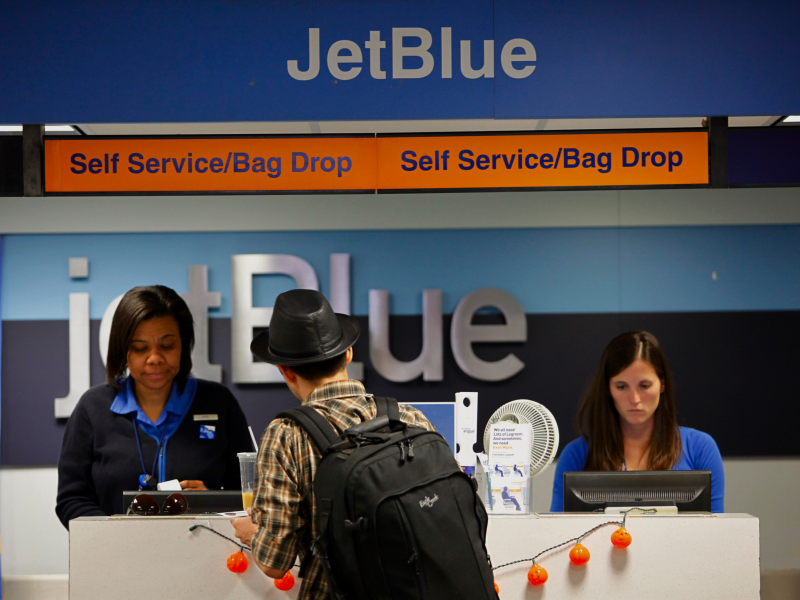
It even had its own snack, Terra's blue potato chips.

JetBlue was an egalitarian airline, with its aircraft configured in an all-economy layout and no first-class cabin to be found.
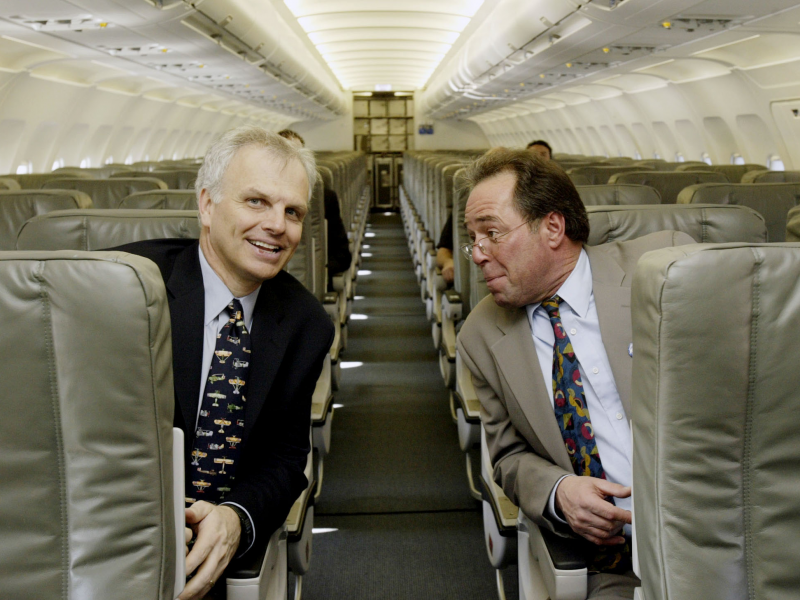
The airline's aircraft of choice was the Airbus A320, a twin-engine narrow-body aircraft capable of flying coast to coast with ease.
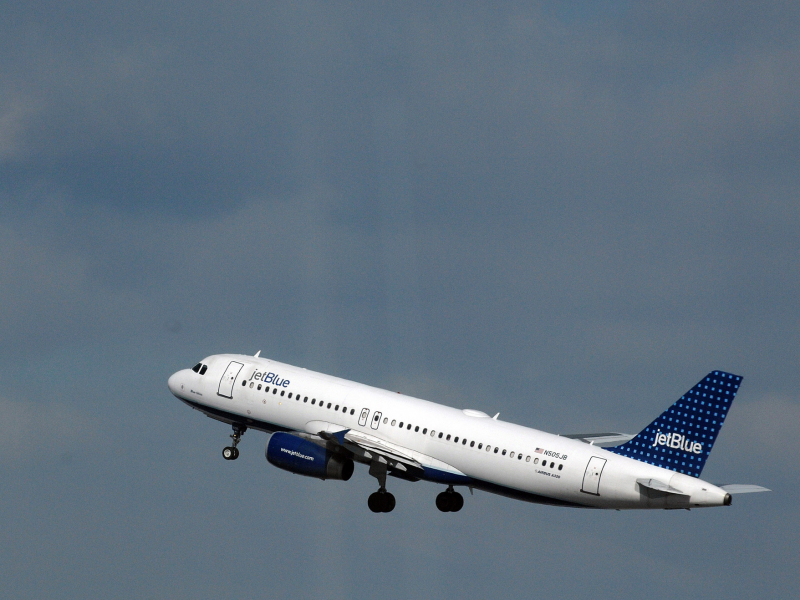
It was the first time that Neeleman had opted for Airbus aircraft in one of his ventures, with Morris Air and WestJet both operating Boeing 737 aircraft.
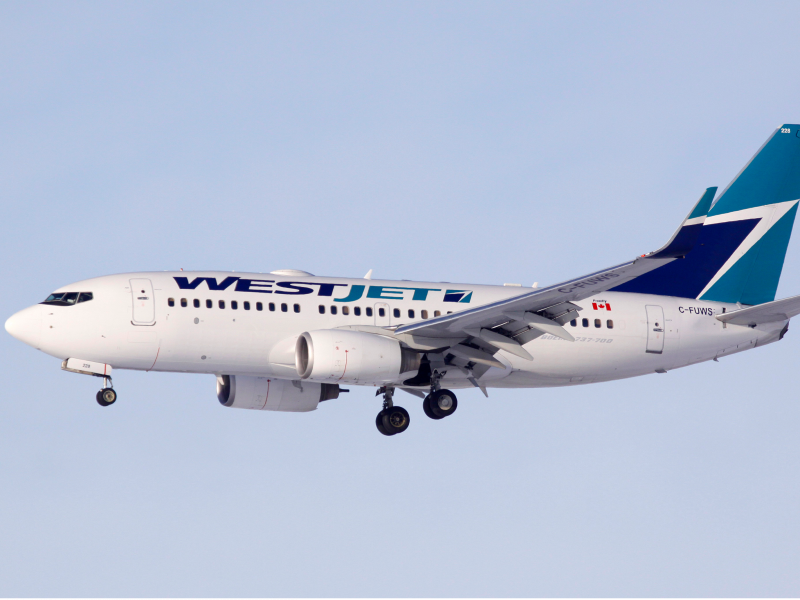
But it wouldn't be the last. His next venture after Jetblue, Azul Brazilian Airlines, already uses Airbus planes, and his newly-announced Breeze Airways has dozens on order.

After two years of planning, February 11, 2000 would see the first JetBlue aircraft take to the skies with passengers onboard.
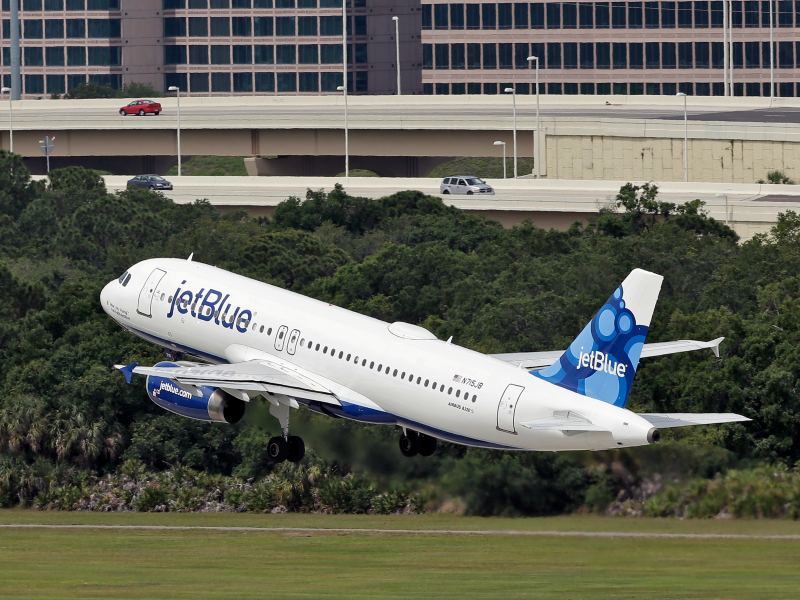
Source: JetBlue Airways
The flight would operate from JetBlue's New York home base at John F. Kennedy International Airport to what would become the airline's South Florida base at Fort Lauderdale Hollywood International Airport.
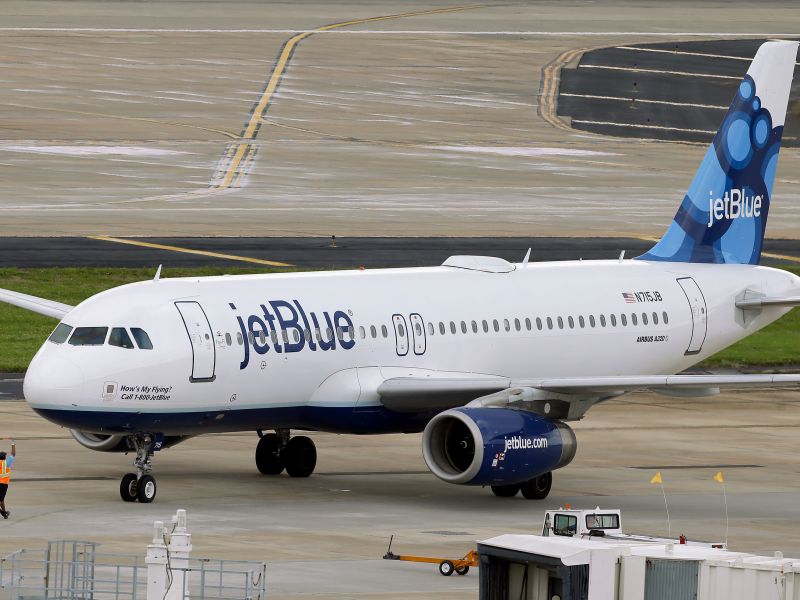
Source: JetBlue Airways
A ceremonial flight to Buffalo was operated earlier in the day, an homage to Senator Schumer and the other New York politicians that helped JetBlue get off the ground.
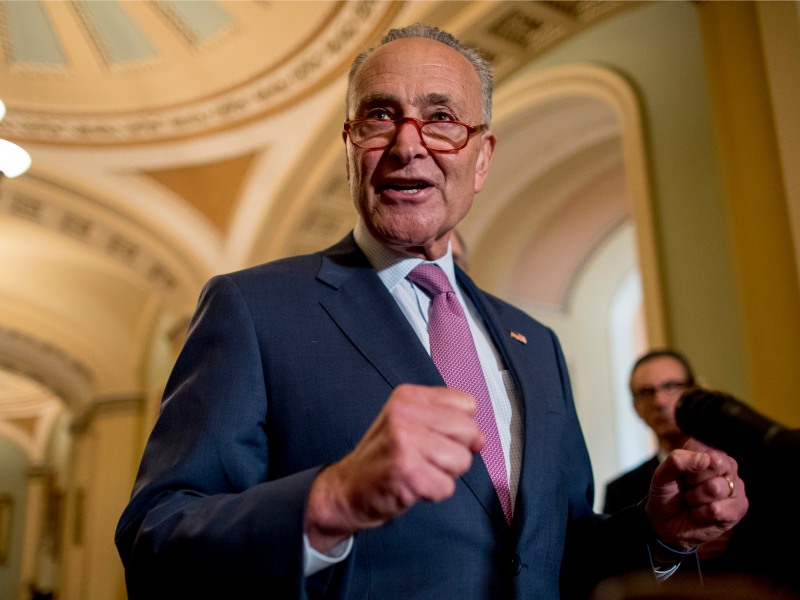
Source: JetBlue Airways
JetBlue still maintains close ties to the state, keeping its headquarters and main base in New York, and even partnered with the state for a special aircraft paint scheme.
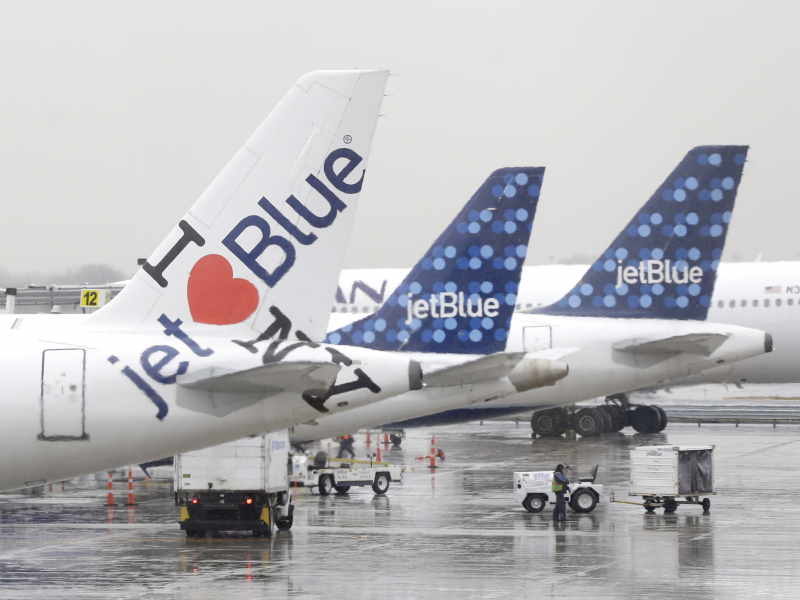
Following the first flight, JetBlue quickly grew from New York to cities across the country. Less than three years after its first flight, the airline had 38 aircraft in its roster and served 18 destinations from as close as Syracuse, New York to as far as Oakland, California.
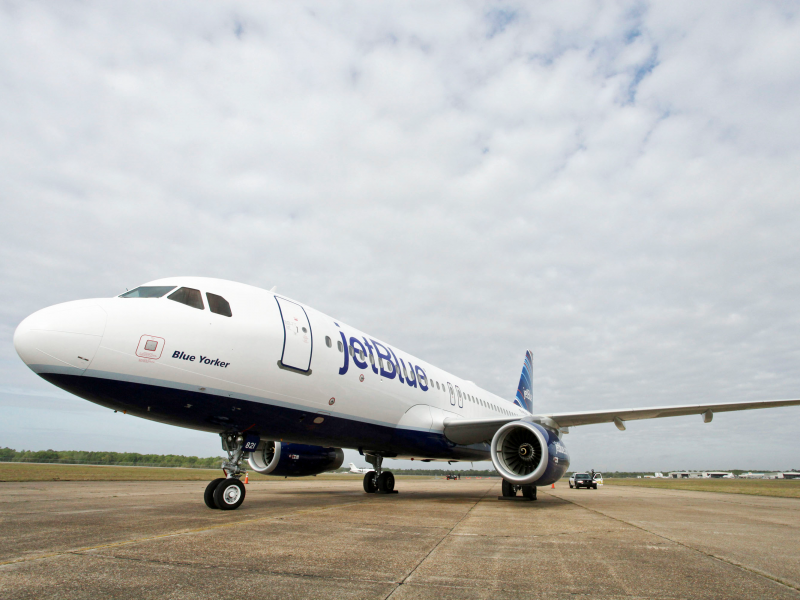
Source: JetBlue Airways
JetBlue was able to grow despite the aviation industry being adversely affected by 9/11 and was one of only a handful of airlines to be profitable during the time period.

Source: New York Times
Soon after its East Coast launch, a secondary base was opened in Long Beach, California with a mix of transcontinental routes and short-haul routes to nearby destinations such as Oakland and Las Vegas.
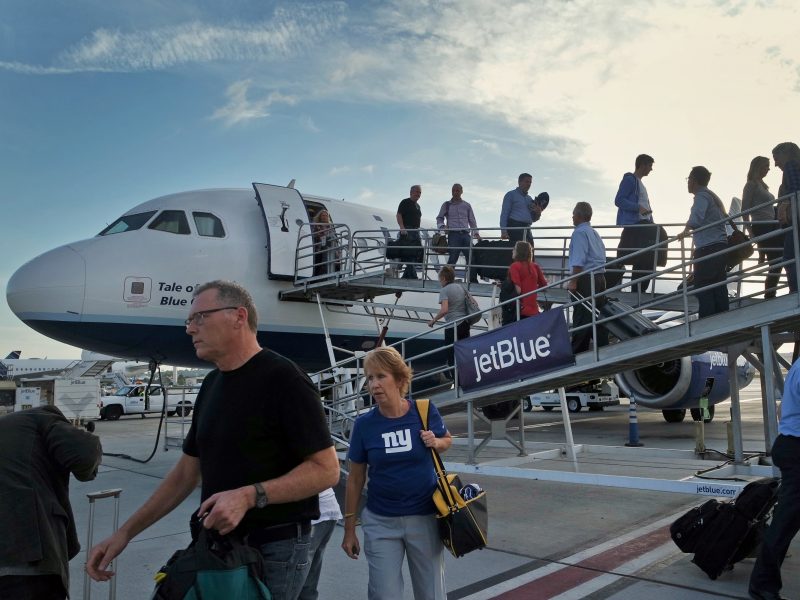
Source: JetBlue Airways
JetBlue then launched its first route to a destination outside the contiguous US, San Juan, Puerto Rico, where the company would eventually form a base, in 2002.
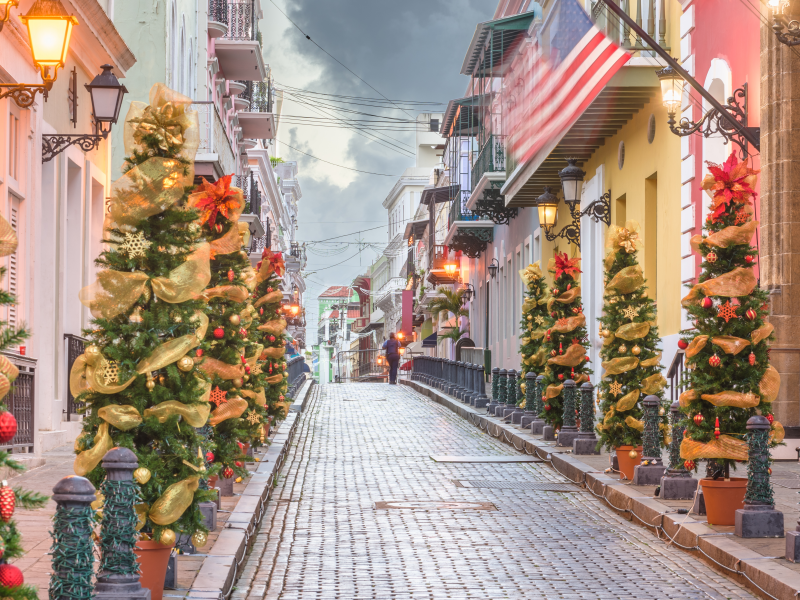
Source: JetBlue Airways
The Caribbean would later grow into a major destination region for JetBlue, with the airline growing to serve numerous Caribbean islands from Cuba to Trinidad and Tobago and nearly everywhere in between.
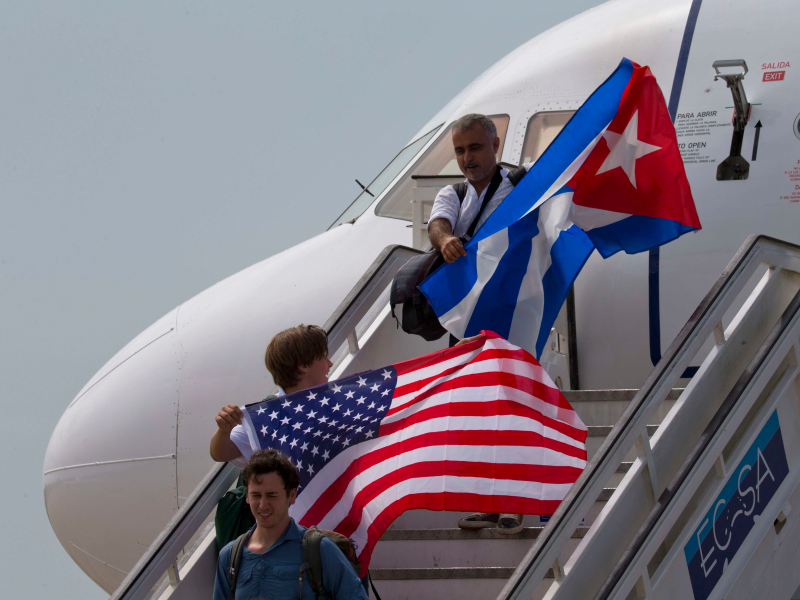
Doubling down on passenger-focused amenities, the airline announced in 2003 that it would be removing seats from its aircraft to offer customers more legroom, up to 34 inches in some seat locations.
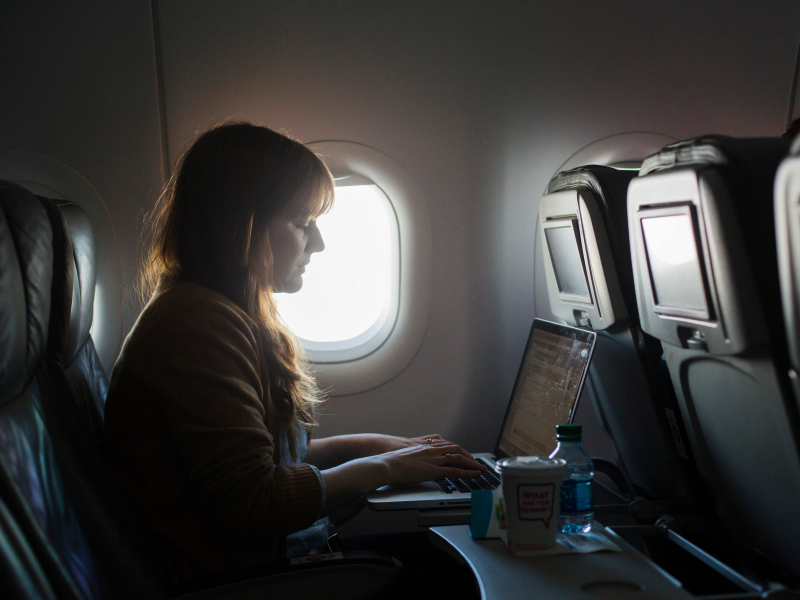
Source: JetBlue Airways
Boston, which would later become a secondary hub for JetBlue, was added to the route map in 2004 with a slew of routes to cities across the country.
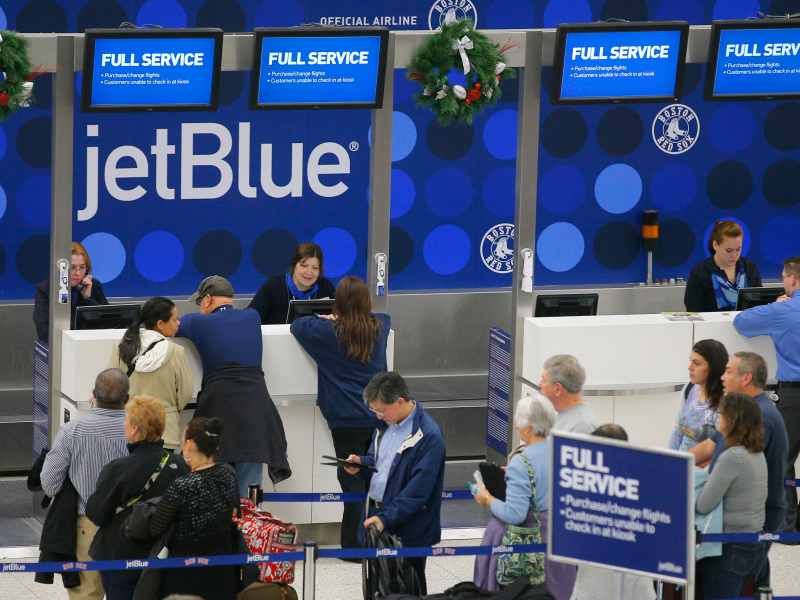
Source: JetBlue Airways
Transcontinental services also became more common beyond New York with JetBlue connecting East Coast and West Coast cities such as Washington, DC, and Boston with Long Beach and Oakland in California.
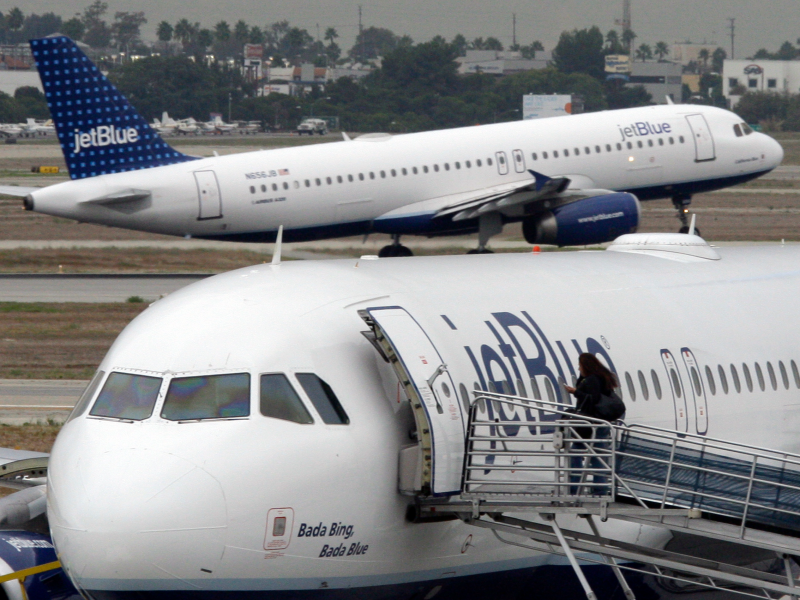
Source: JetBlue Airways
Following rapid domestic expansion, JetBlue set its sights outside the US for the first time in 2004 when It opened its first international route between New York and Santiago, Dominican Republic.
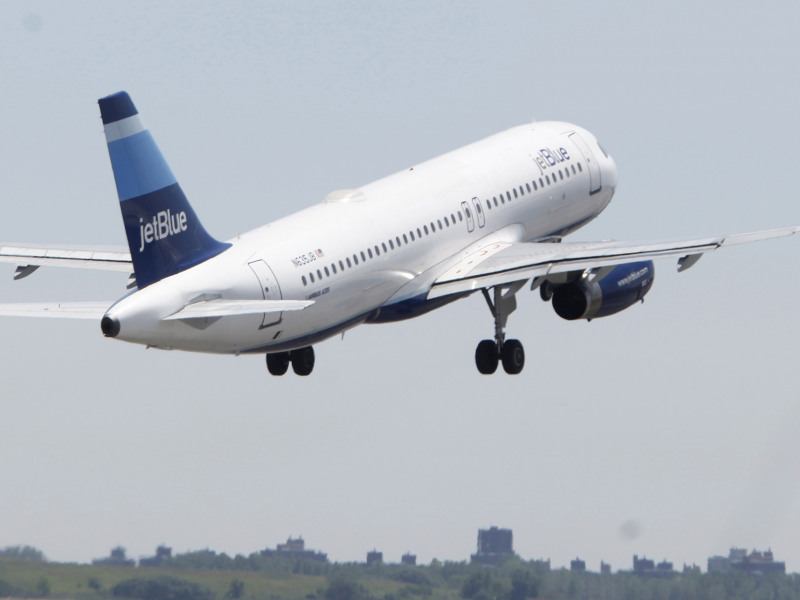
Source: JetBlue Airways
In 2005, JetBlue celebrated the arrival of a new aircraft to its fleet, the Embraer E190.
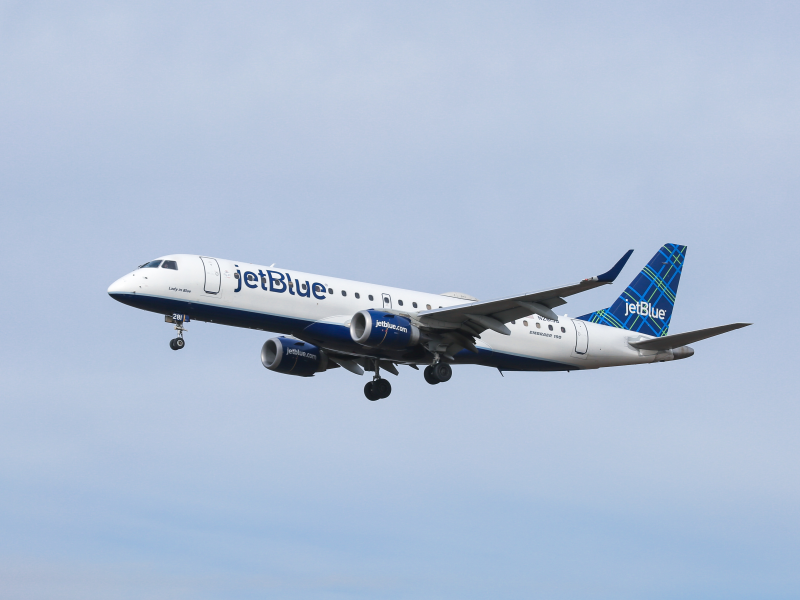
Source: JetBlue Airways
The Embraer E190 was chosen to serve JetBlue's regional and thinner routes while the A320 was kept on the medium-haul routes.
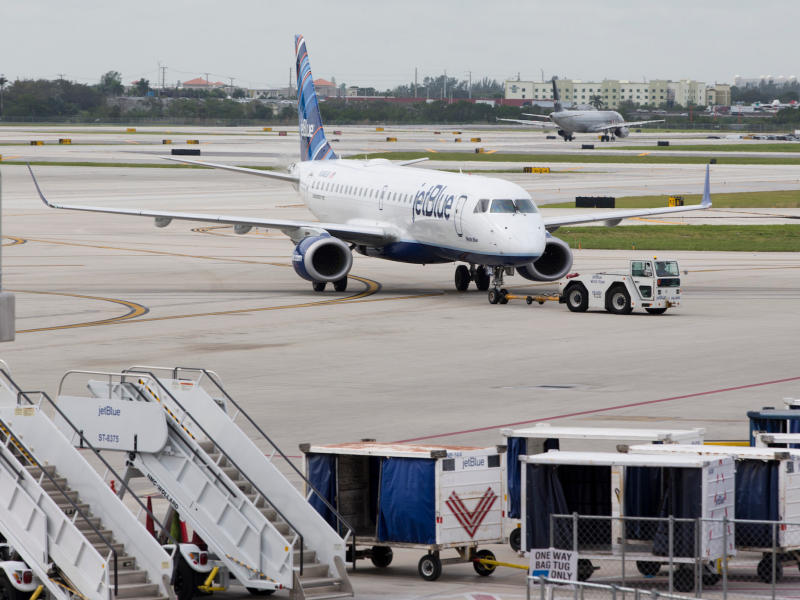
The interior of the E190 would be identical in terms of amenities offered, though it would be arranged in a 2-2 seating configuration instead of the A320's 3-3 configuration.
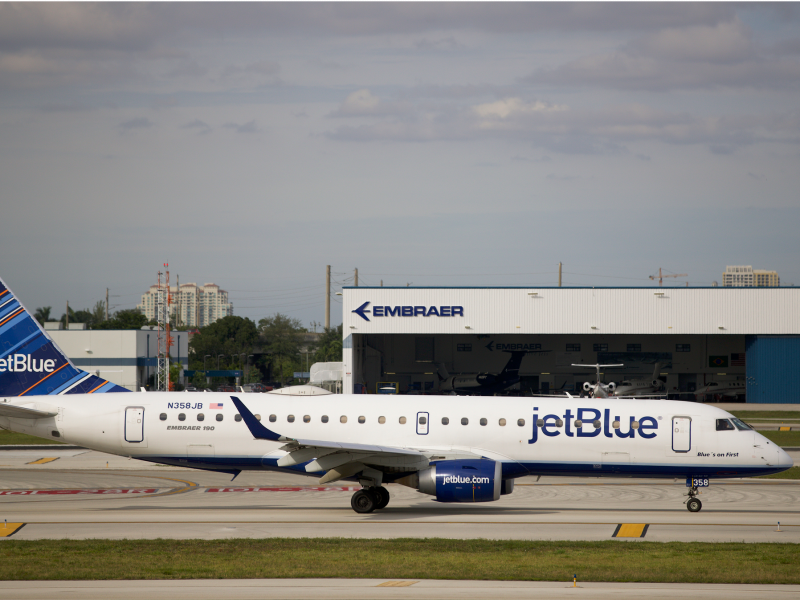
The aircraft would first be used on the New York to Boston route initially and could largely be seen on JetBlue flights under two hours or on routes with low-demand.
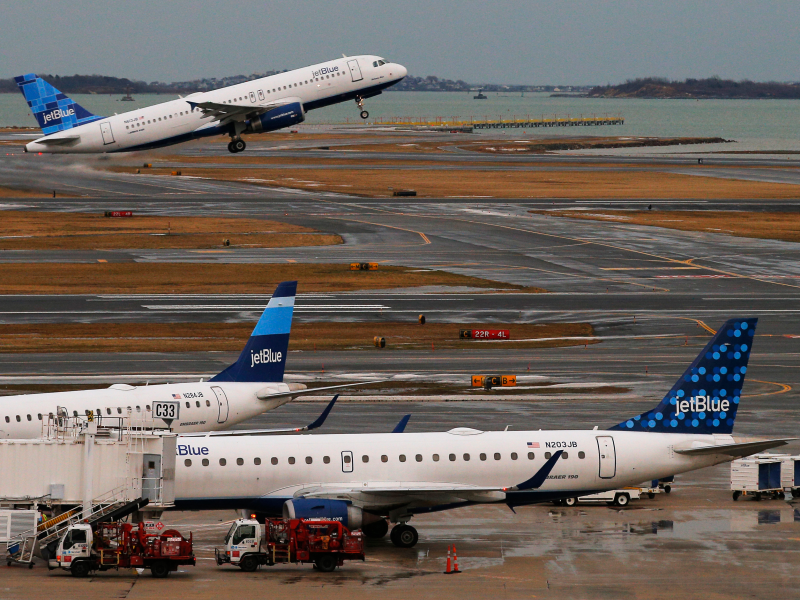
Source: JetBlue Airways
With JetBlue outgrowing its Terminal 6 base at JFK Airport, plans for a new terminal dedicated to JetBlue's use were announced in 2005 and the Terminal 5 project began.
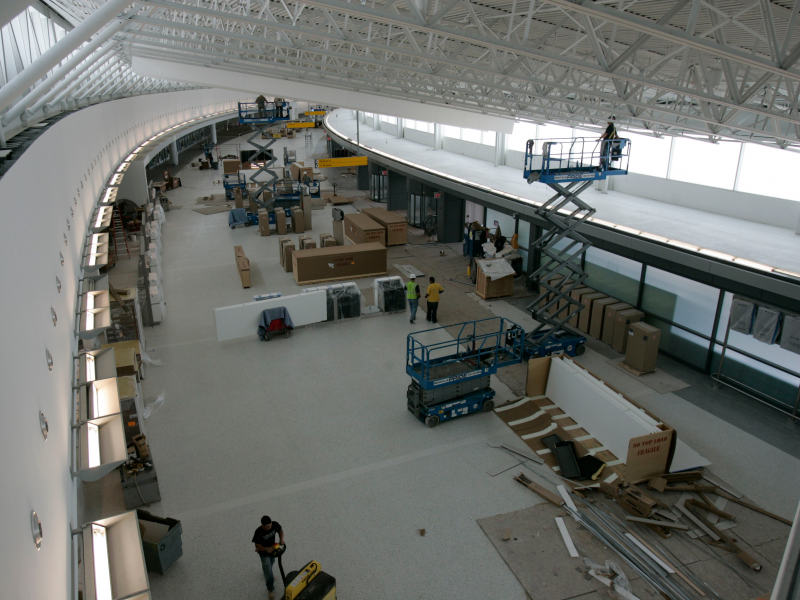
Source: JetBlue Airways
Earlier that year, however, saw JetBlue experience its first in-flight emergency.
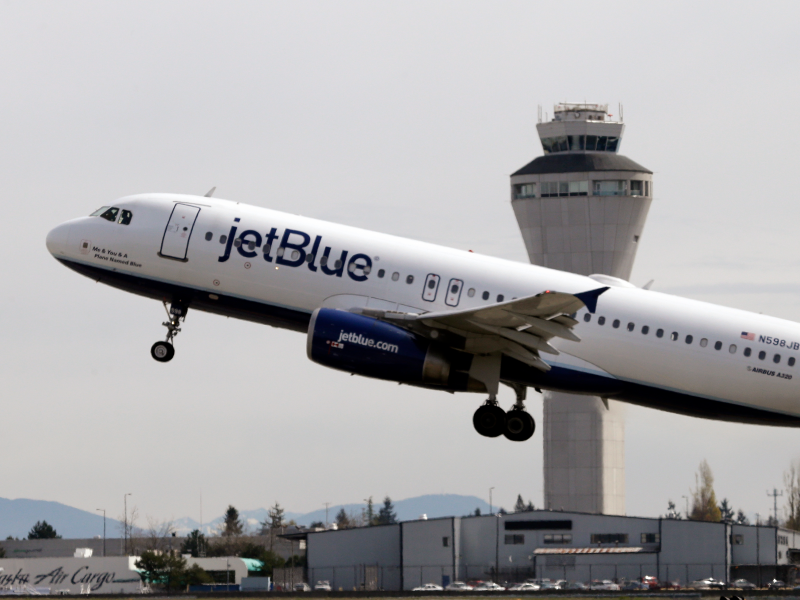
Source: JetBlue Airways
Flight 292, a routine flight from Burbank, California to New York, was forced to make an emergency landing in Los Angeles when the aircraft's front landing gear malfunctioned.
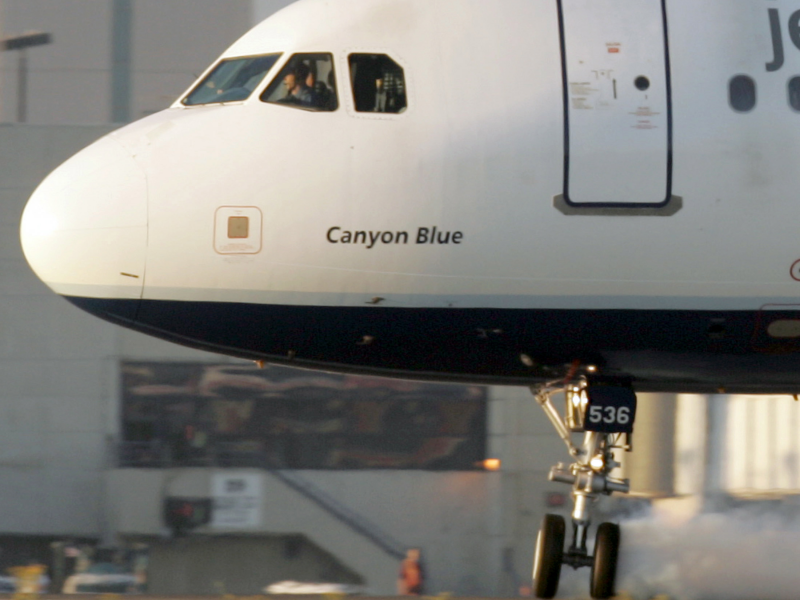
Source: JetBlue Airways
After hours of circling and tense waiting, the aircraft eventually landed in Los Angeles and the JetBlue name had been brought to the forefront of the public's attention from the media coverage of the event.

Two years later, the airline underwent a leadership shakeup, with Founder and CEO David Neeleman being elevated to chairman of the board and David Barger taking his place as chief executive in 2007.
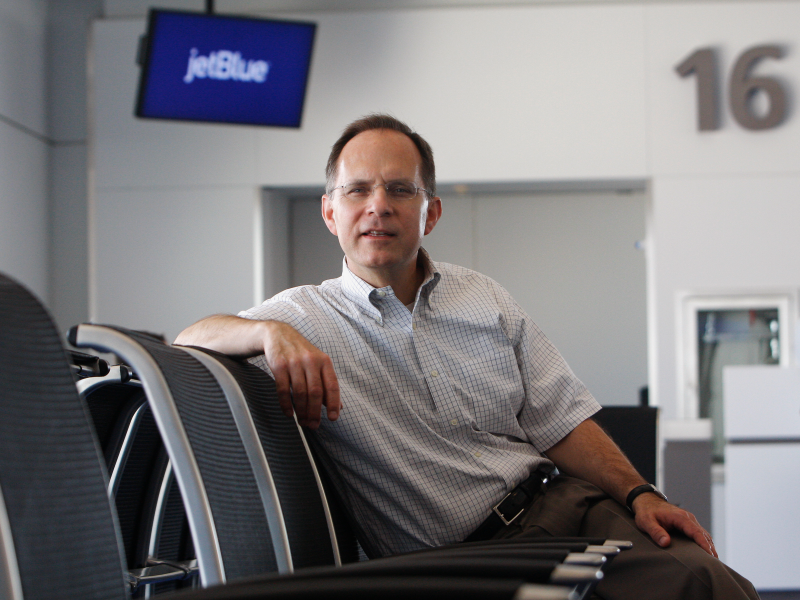
Source: JetBlue Airways
The airline continued to expand to cities across the US, Caribbean, and Central America until 2008 when it expanded into a new continent, South America, with service to Bogota, Colombia.
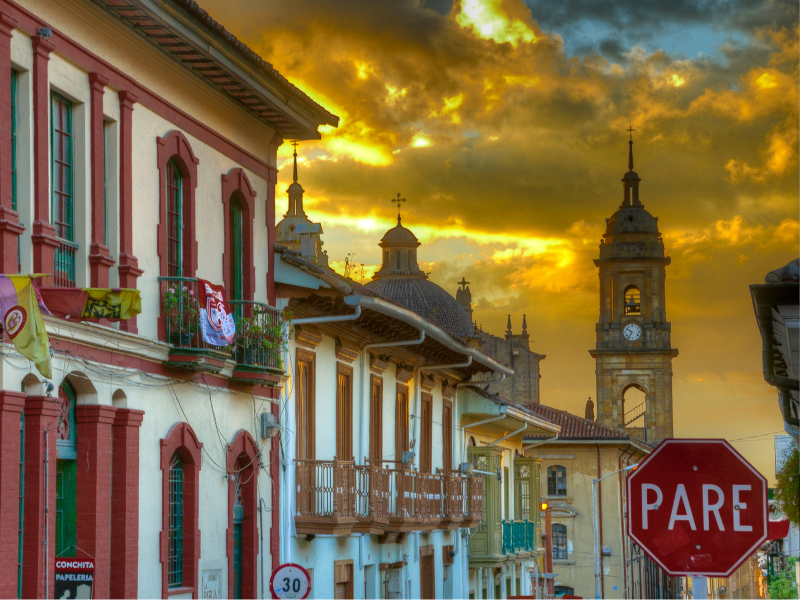
Source: JetBlue Airways
Later that year, Terminal 5 at JFK Airport opened and became JetBlue's new home. The then-26-gate facility gave JetBlue a modern hub at JFK Airport that is still used nearly exclusively by the airline today.
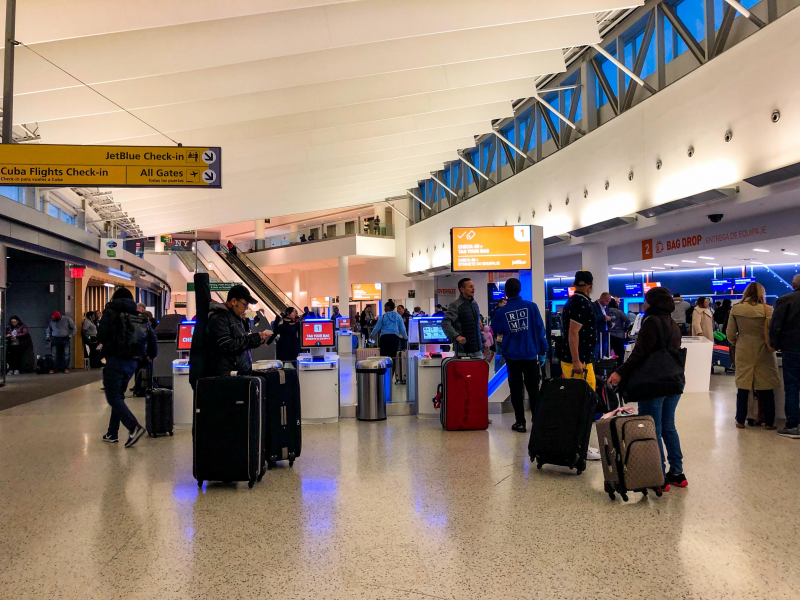
Source: JetBlue Airways
To the south, Fort Lauderdale was expanding as a base for the airline with connections to the Caribbean growing via a new route to San Juan.
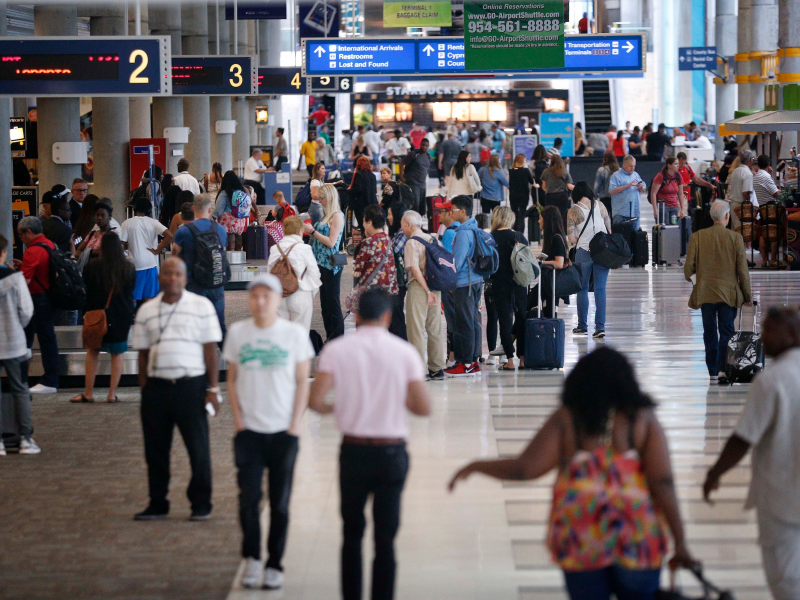
Source: JetBlue Airways
Orlando was also becoming a base for Latin American operations with routes to Mexico, the Caribbean, and South America, as well as home to JetBlue's main training facility: JetBlue University.
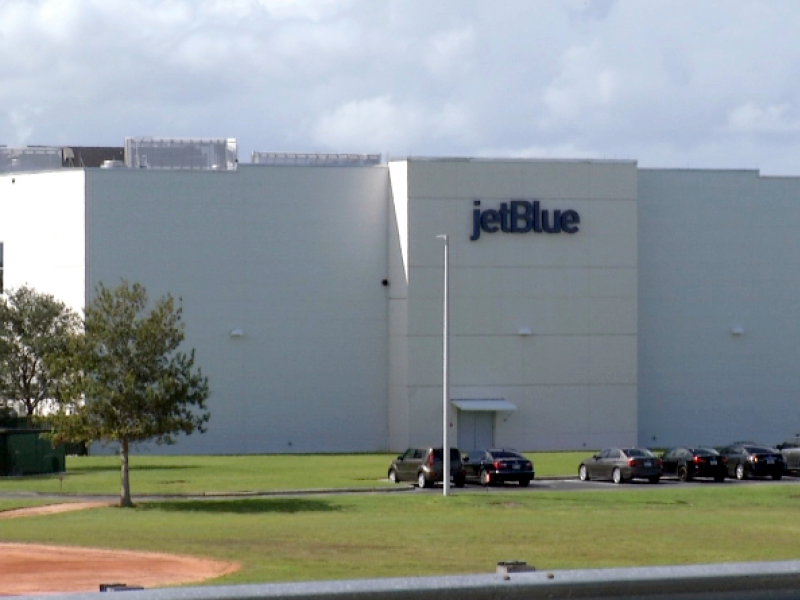
Source: JetBlue Airways
JetBlue now had bases up and down the East Coast from Boston to Fort Lauderdale, with secondary bases in San Juan and Long Beach.
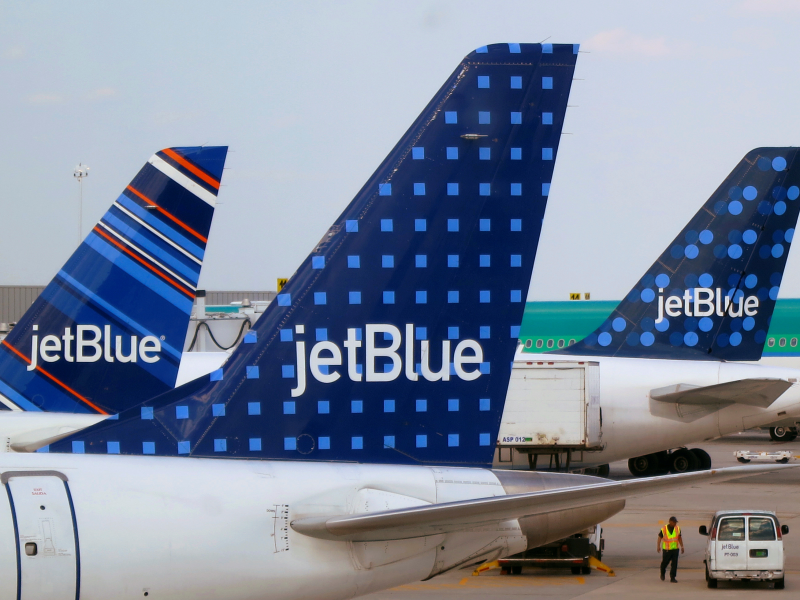
In 2013, the airline began offering in-flight WiFi for passengers and was one of the only airlines to offer the service for free, which remains to this day.
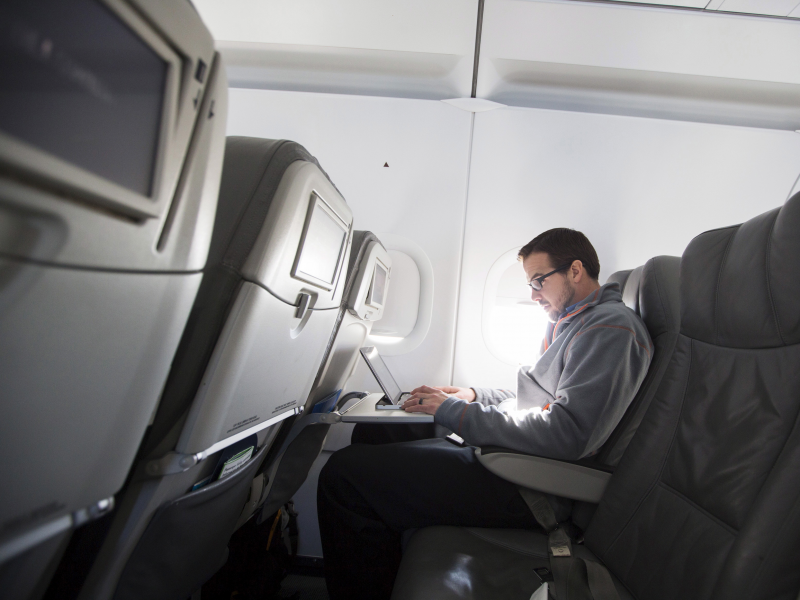
Source: JetBlue Airways
That year also saw JetBlue take delivery of only the third aircraft type in its fleet, the Airbus A321.
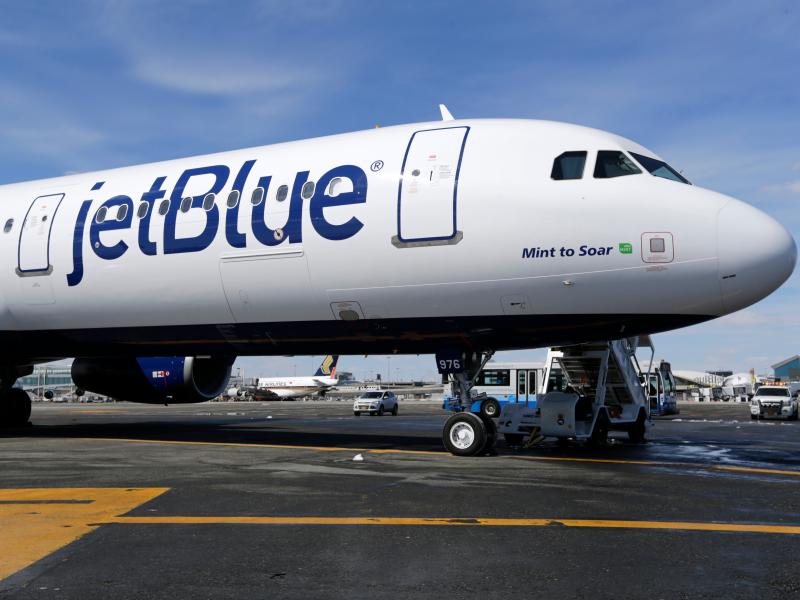
Source: Planespotters.net
The aircraft is an extended version of the A320 aircraft that JetBlue has operated since day one. A benefit of the aircraft was that pilots could fly both the A320 and A321 interchangeably due to a shared type rating for A320 family aircraft.
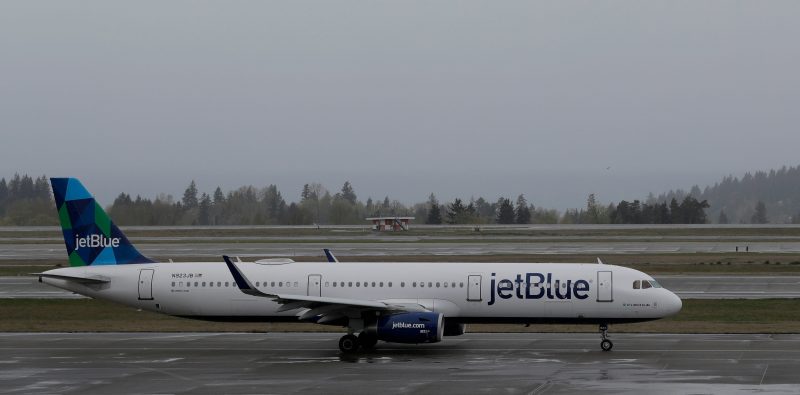
The A321 also featured a new interior with touchscreen displays, on-demand movies and audio, and blue lighting.
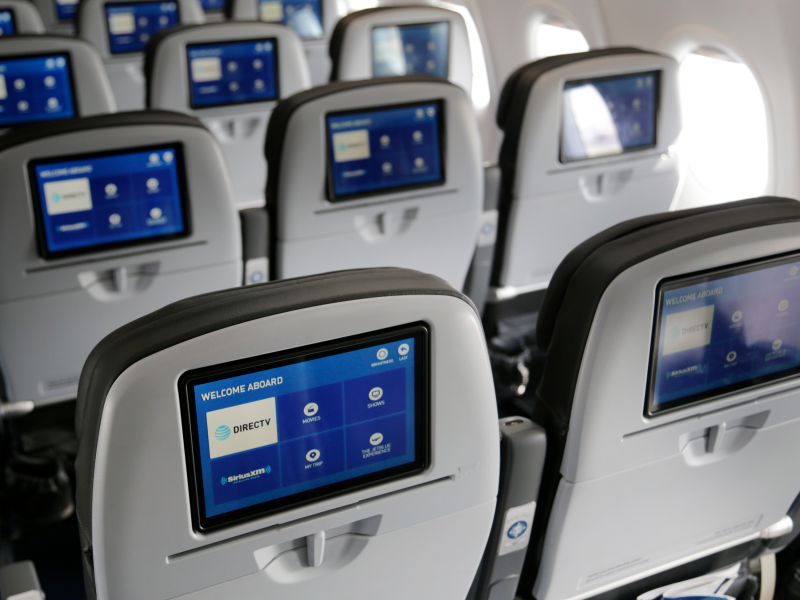
JetBlue used the aircraft as a launchpad for its premium product, Mint business class exclusively found on select A321 aircraft.
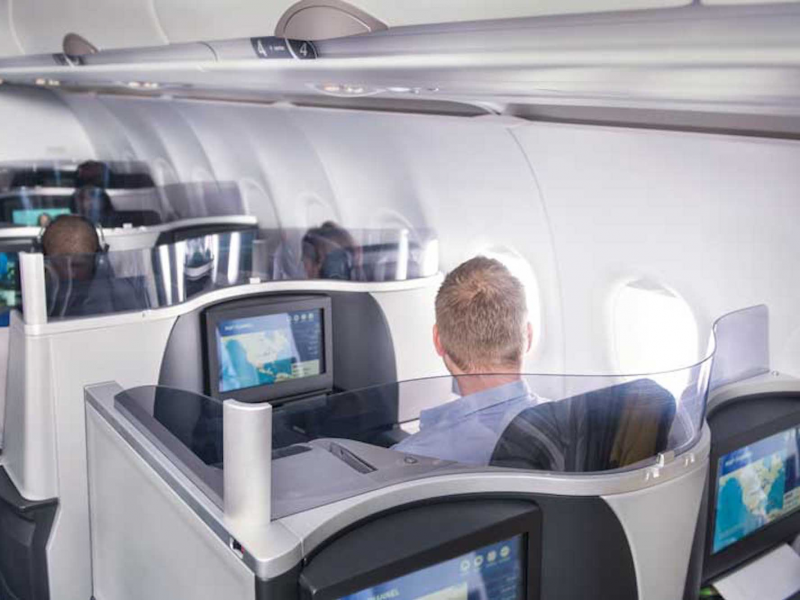
Mint was the first time the airline departed from an all-economy product and though it was only intended to be implemented on transcontinental routes at first and some Caribbean routes, Mint was quickly expanded across the country.
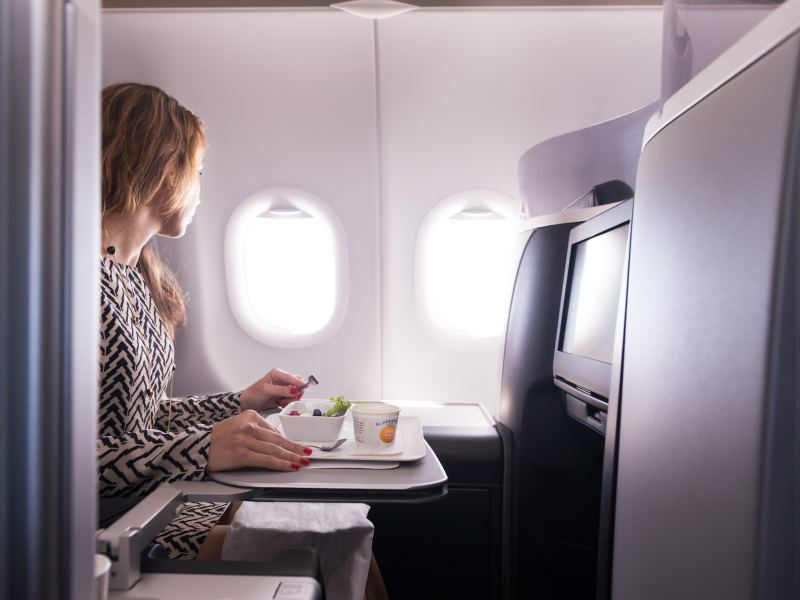
The highlights of the product were the four private suites with single "throne" seats and lie-flat seats at every seat.
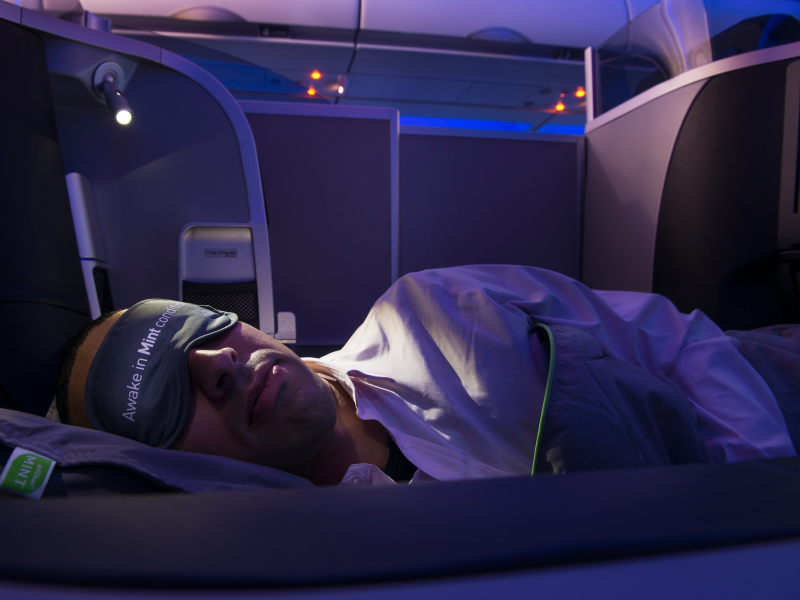
Shortly after the introduction of Mint, JetBlue started departing from its egalitarian roots even more with the introduction of bag fees.
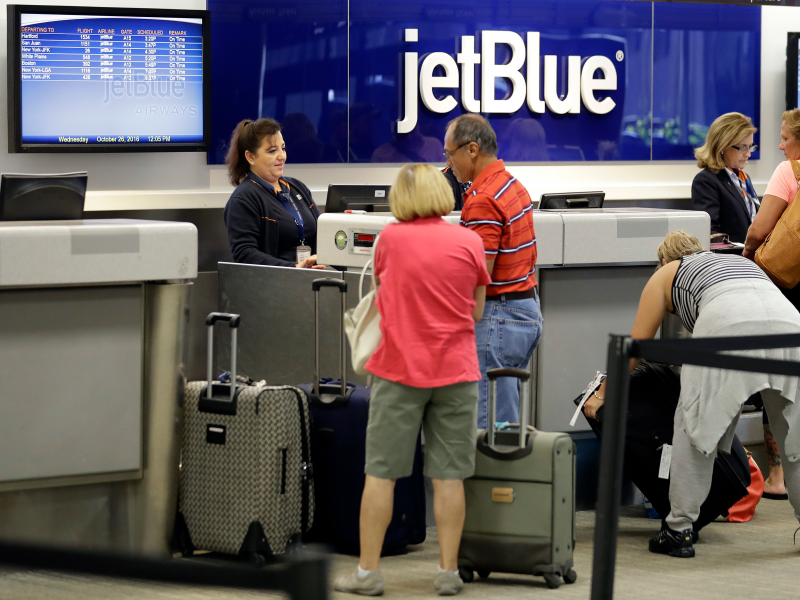
Source: USA Today
JetBlue was one of the few remaining carriers to offer free checked bags when in 2015, it implemented a $20 fee. That fee was later raised to $30 and is now $35.
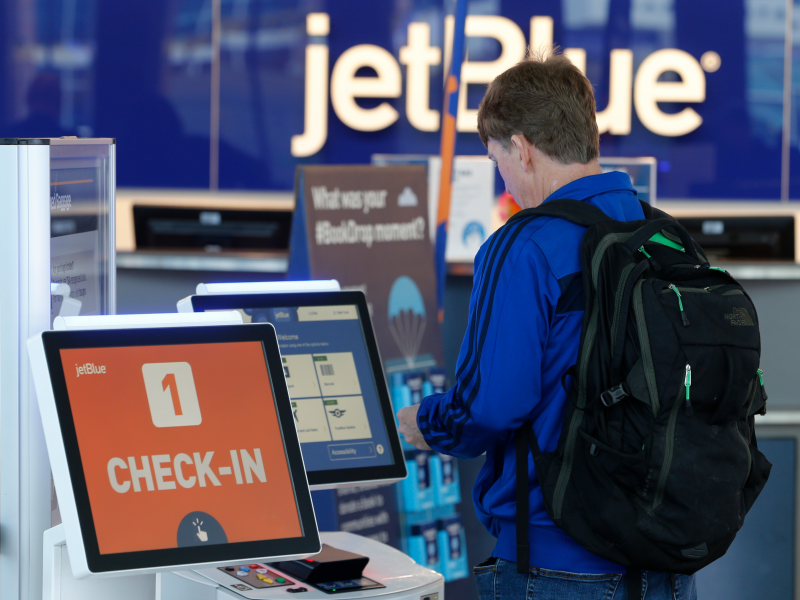
Source: USA Today and Business Insider
It was also around the time when JetBlue saw the introduction of a new color to its palette, green.
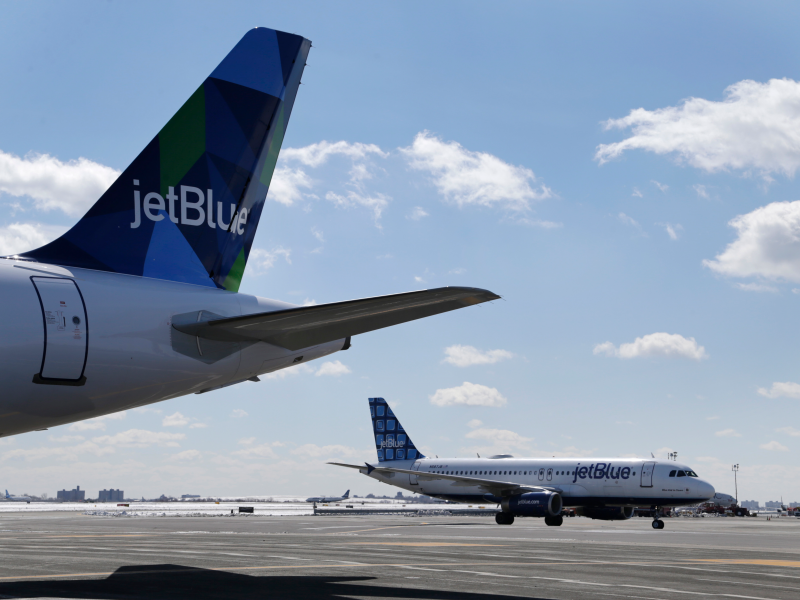
JetBlue was growing more and more into a standard airline, but its growth and popularity continued thanks to the complementary services that were still provided to customers, with new aircraft such as the A321neo offering an even better onboard product.
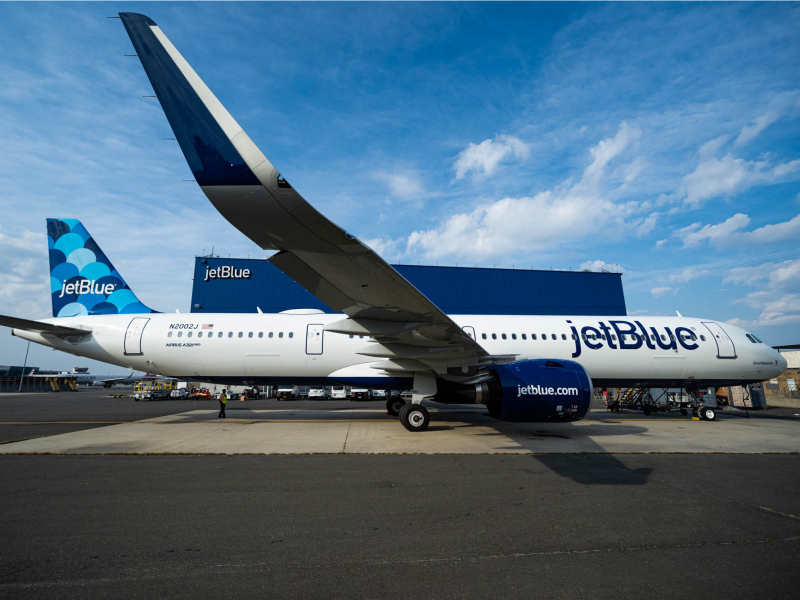
Source: JetBlue Airways
Passengers could expect completely revamped in-flight entertainment systems,...
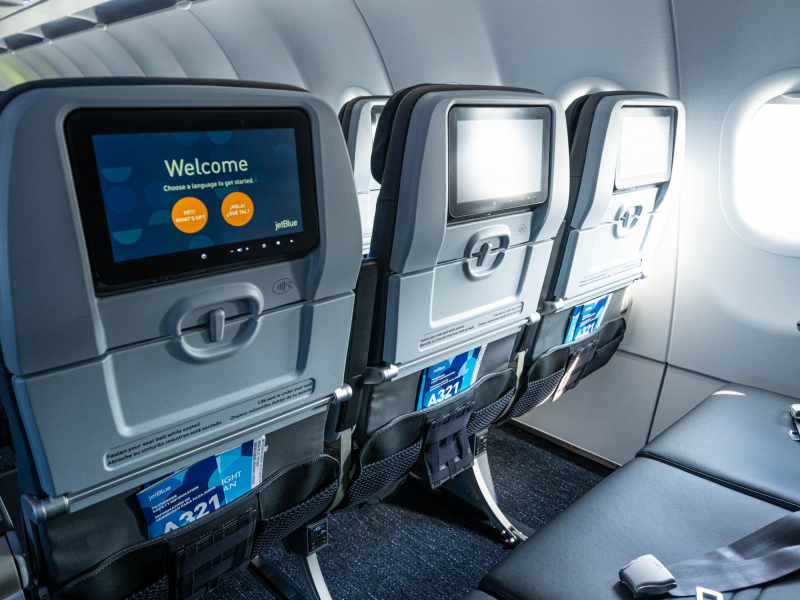
Stylish new seats,...
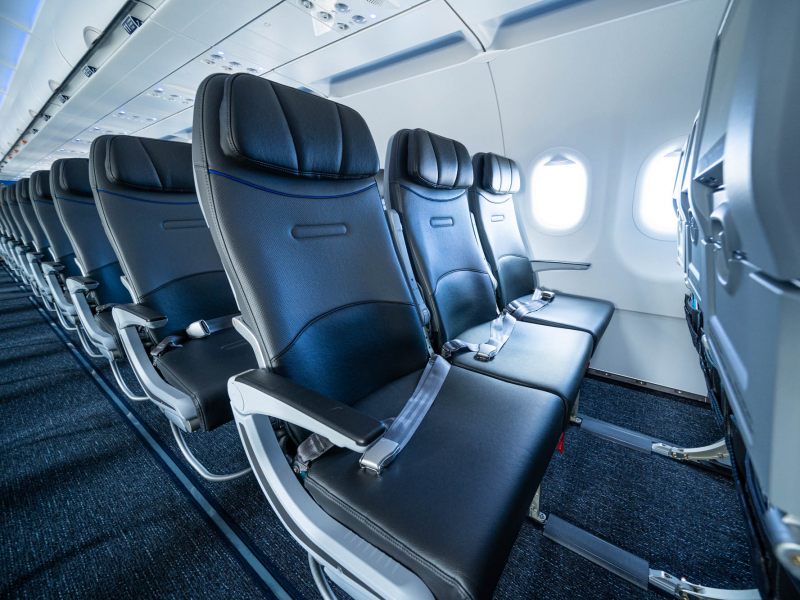
Adjustable headrests,...
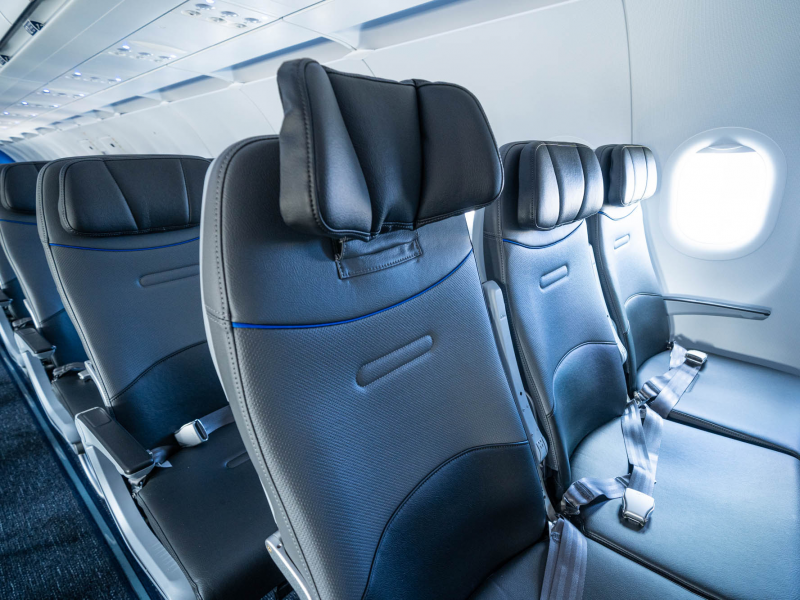
And a self-service snack pantry.
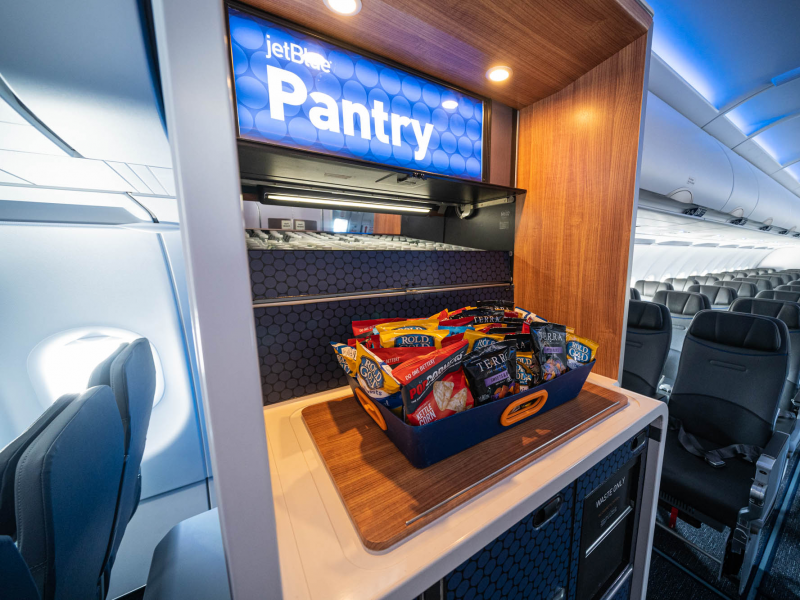
The A321neo would also allow the airline to fly further than ever before thanks to fuel-efficient engines, opening up the airline's longest route between New York and Guayaquil, Ecuador.
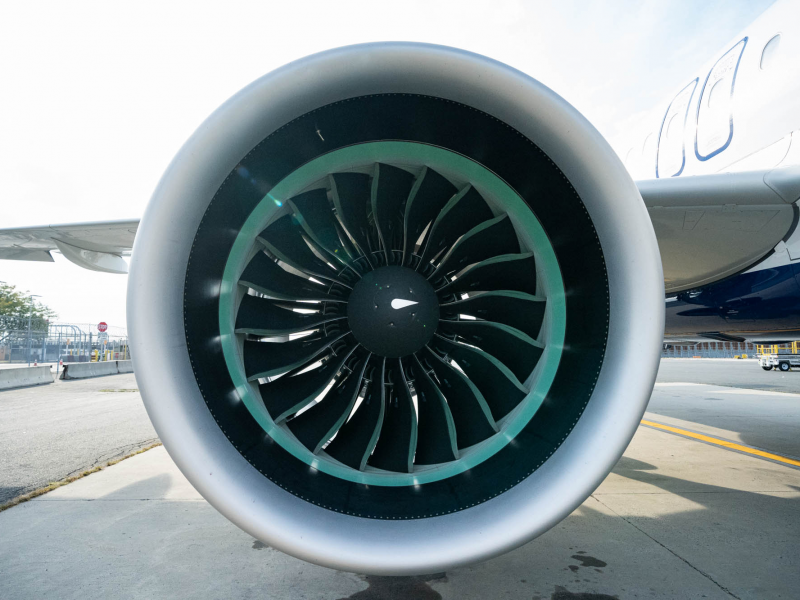
A long-range variant of the aircraft, the A321neoLR, is also scheduled to spearhead JetBlue's entrance into a new market in 2021.
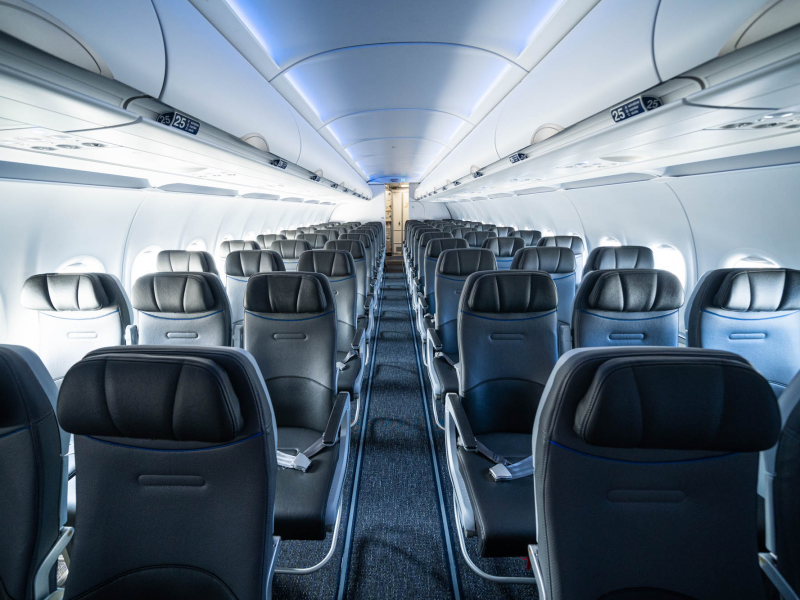
The ultramodern Airbus A220-300 was also chosen to replace the Embraer E190 as JetBlue's regional workhorse, with JetBlue placing an order for 60 of the type in 2019.
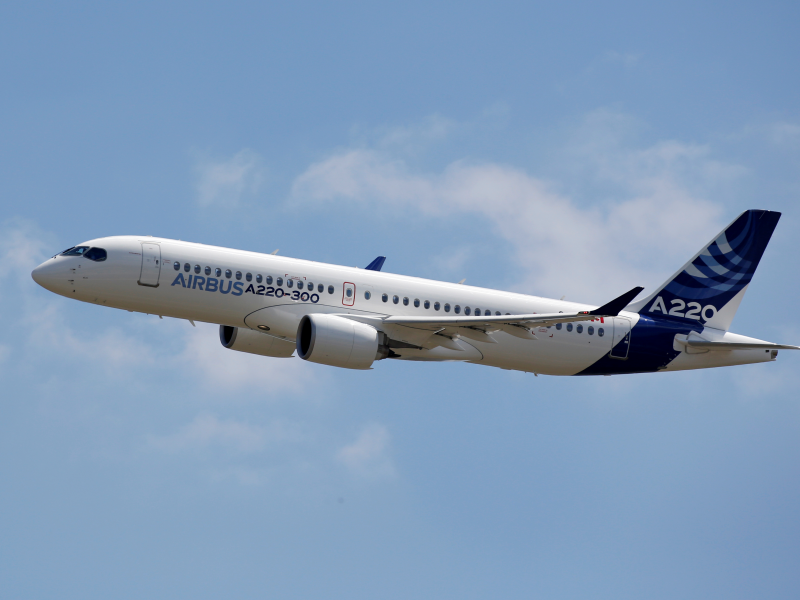
Source: Airbus
JetBlue announced in 2019 that it would begin flying to Europe, with flights to London from Boston and New York, though gave little info beyond that.
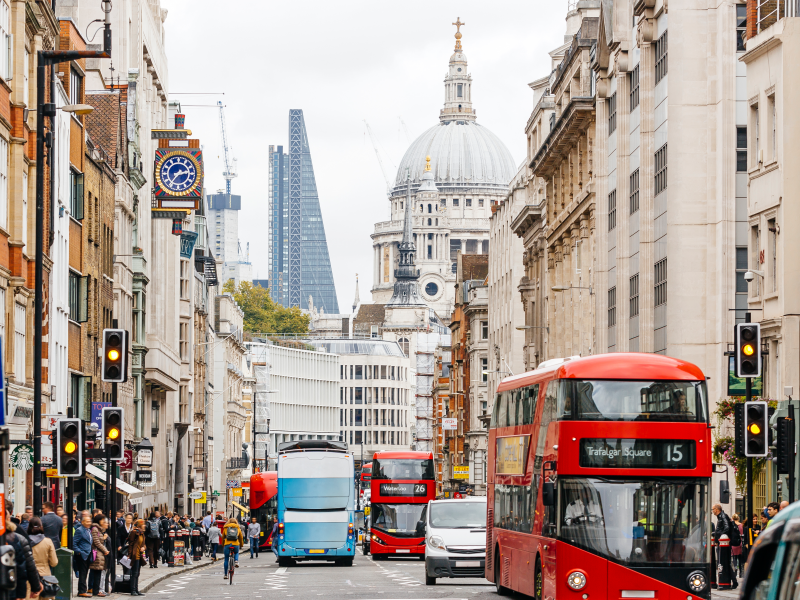
In the 20 years since its inception, JetBlue has grown to be one of the largest carriers in the US.
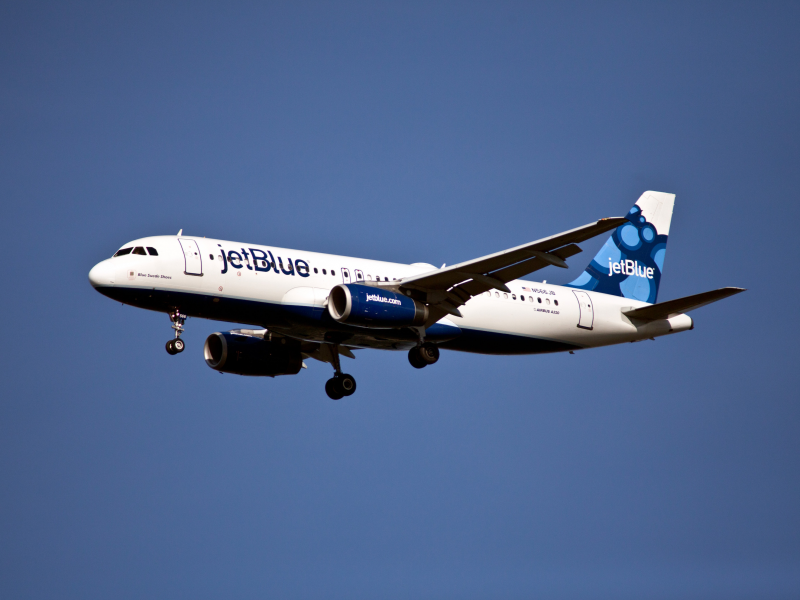
Unlike other low-cost or start-up airlines of the time, JetBlue Airways became a household brand with its status as a major carrier in the US.
When it expands to Europe in 2021, JetBlue will be the only low-cost carrier based in the US to operate on three continents.
Though JetBlue's founder, David Neeleman, has moved on from the airline and can now be found between Portugal, Brazil, and the US, his name can now be found immortalized on the side of one of JetBlue's newest Airbus A321neo aircraft.

